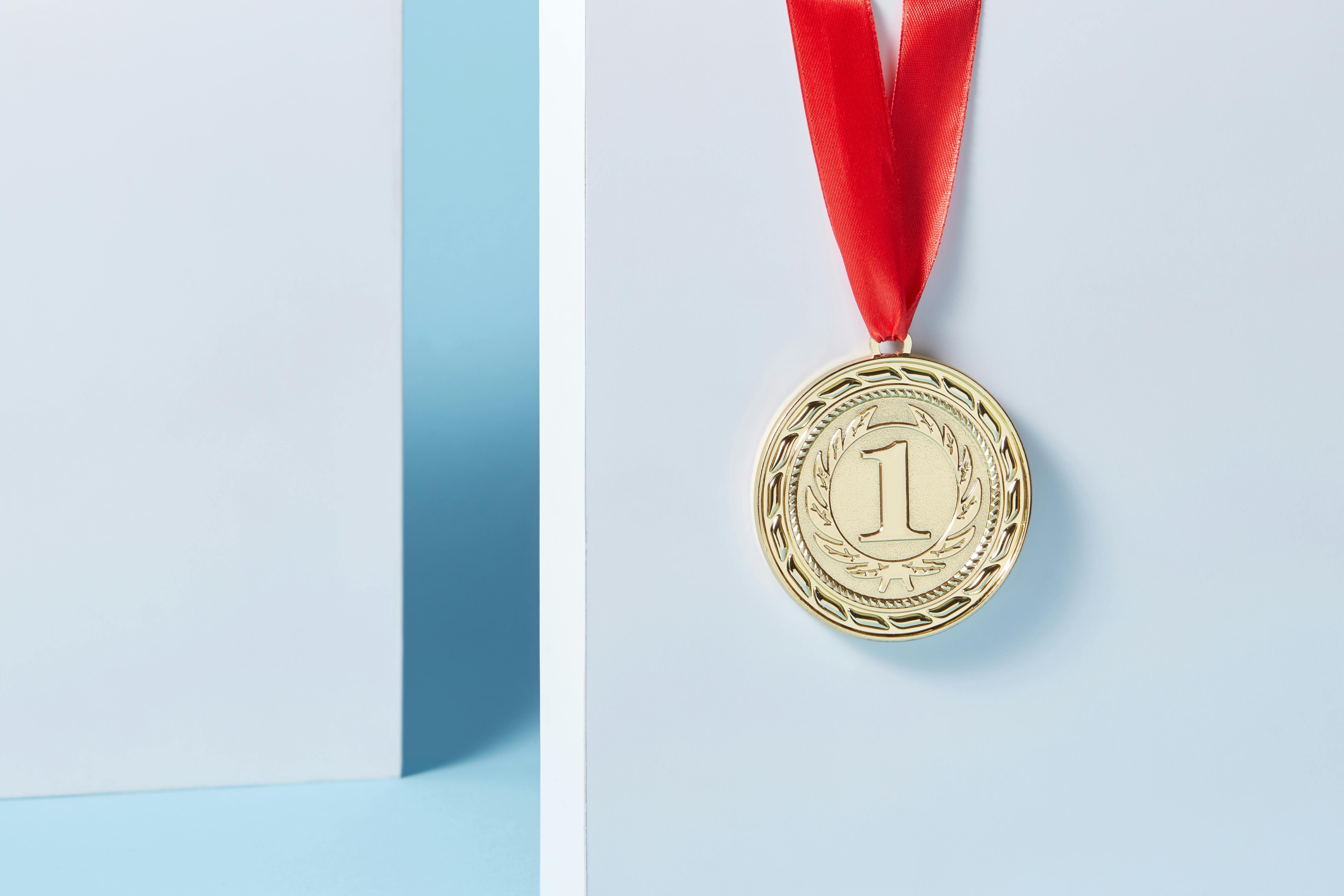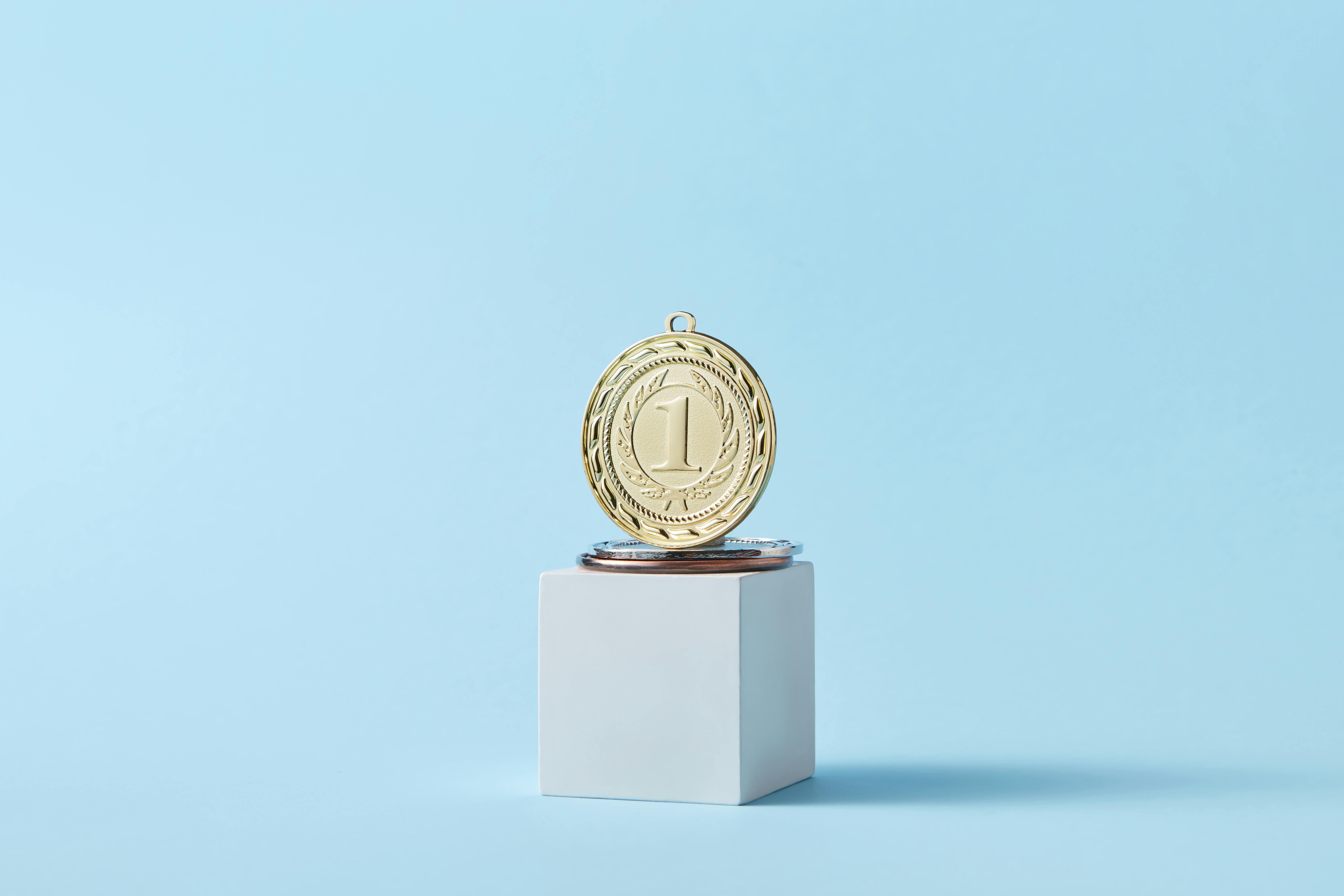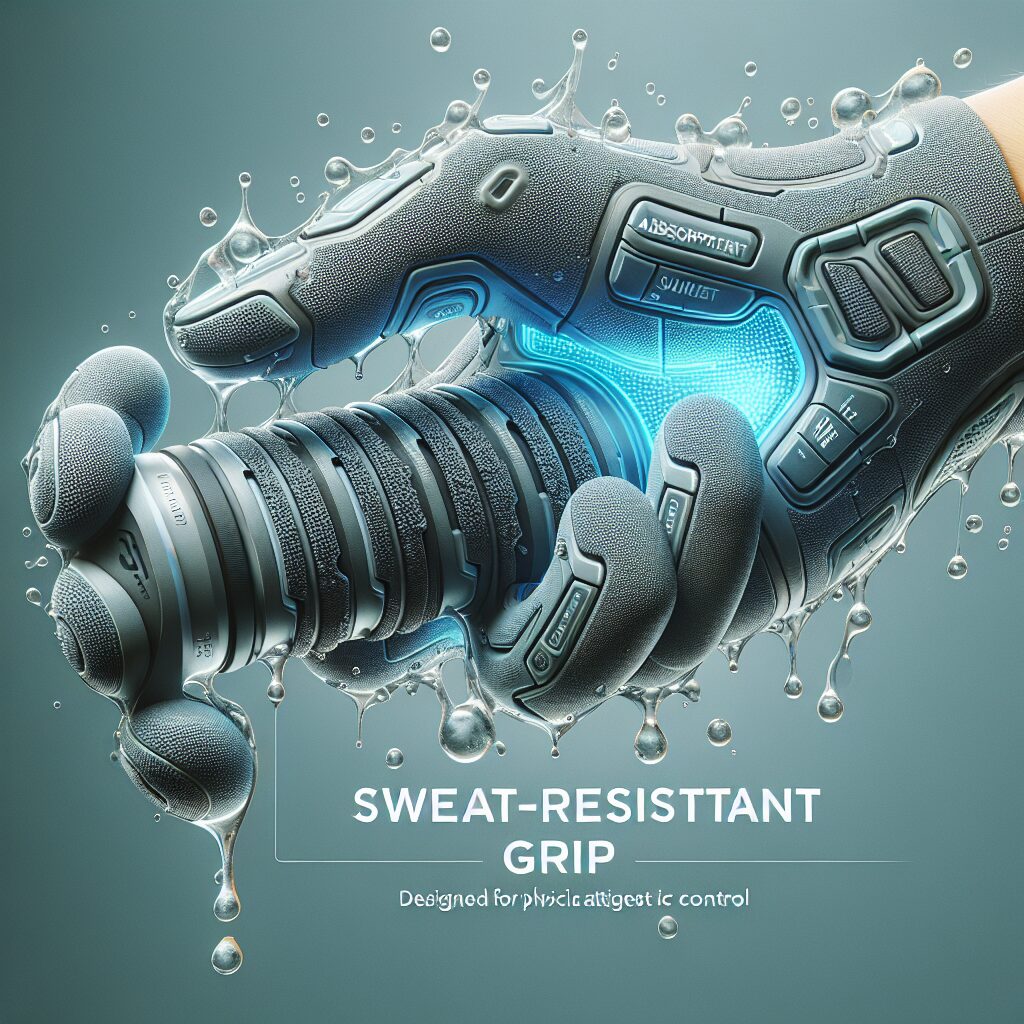Soccer is the most popular sport in the world and has been around for centuries. The soccer ball has been an integral part of the sport since its inception and has evolved over time. This article will explore the history of soccer balls, discussing when the first one was made and how it has changed over time.The origin of soccer balls dates back to the Han Dynasty in ancient China (206 BC – 220 AD). The earliest soccer balls were made from animal skin and filled with feathers or hair. These early soccer balls were designed to be kicked and thrown, rather than bounced. In the mid-1800s, rubber was used to make soccer balls more resilient and bounceable. The first modern soccer ball was made by Charles Goodyear in 1855 and featured an inner bladder that was inflated with air. This design became the standard for all modern soccer balls.
What Were Early Soccer Balls Made Of?
The earliest soccer balls were made from animal bladders, usually from pig bladders. The bladder was then covered with leather and stitched together to form a round ball. The stitching was done by hand using thick thread or leather cord. The laces of the soccer ball were made from the same material as the stitching or sometimes a different material such as cotton. Over time, other materials started to be used in the manufacture of soccer balls, including rubber and synthetic materials.
Today, soccer balls are typically made from synthetic leather or rubber materials and filled with air or some other type of filling material such as foam, polyester fibers or latex. Most modern soccer balls have an inner tube that is inflated with air and helps maintain the shape of the ball while it is being used on the field. Soccer balls also come in a variety of colors and designs, which make them more attractive to players.
How Have Soccer Balls Changed Over Time?
Soccer balls have undergone significant changes over the years. In the early days of soccer, balls were made from materials such as leather, animal bladders, and even human hair. As technology progressed, so did the materials used to make soccer balls. Nowadays, soccer balls are made from synthetic materials such as polyurethane or rubber.
The shape and size of the soccer ball has also changed over time. Early soccer balls were spherical and smaller than modern day versions. As time progressed, they adopted a more traditional “pentagonal” shape with a circumference of 68-70 cm (27-28 in). Many professional leagues have adopted a size 4 ball which has a circumference of 60-62 cm (24-25 in).
The design of the soccer ball has also changed significantly over the years. Early versions were plain and basic with little to no design elements on them. Modern day soccer balls often feature unique designs that can include colors, logos, patterns, and other graphics. They are also made to be more aerodynamic to help players kick farther and harder.
Finally, modern day soccer balls are designed to be more durable than their predecessors. Early versions were easily damaged by wear and tear due to their material composition. Nowadays, most professional league soccer balls are designed with reinforced seams to help prevent tearing or fraying during play. Additionally, most brands now use materials that are water resistant or waterproof to ensure that the ball remains in optimal condition even when wet or exposed to other elements.
Overall, it is clear that soccer balls have evolved significantly over time thanks to advancements in technology and design elements. From their material composition to their design features, modern day soccer balls offer players an improved playing experience compared to those used in earlier times
The Development of Modern Soccer Balls
Soccer balls have been around since the 1800s and have gone through many changes in design and materials used. The earliest soccer balls were made of leather and filled with feathers or animal hair for a soft feel. These balls were often handmade, which meant that each one was unique and could vary in size and shape. As technology progressed, new materials such as rubber, plastic, and synthetic fibers were used to make soccer balls more durable and easier to control.
The first official soccer ball was created in 1872 by Charles Goodyear, who invented the vulcanization process which allowed rubber to be molded into a spherical shape. This ball became known as the “Goodyear Ball” and was popular among players at the time. As time went on, further innovations such as butyl bladders for improved air retention were introduced, allowing for a more consistent flight path when kicked. In the 2000s, advances in synthetic fibers allowed for better grip on the ball, making it easier to control during games.
Today’s modern soccer balls are made from a variety of materials and feature different designs depending on their intended use. Professional match balls must meet certain standards set by FIFA (the International Federation of Association Football) including size, weight, shape, water repellency, rebound ability, air pressure retention and durability. Each type of ball is also designed with specific playing surfaces in mind – grass or turf – to ensure optimal performance on those surfaces.
Overall, modern soccer balls are designed to be lightweight yet durable with an aerodynamic shape for maximum flight distance when kicked correctly. With advances in technology continuing to develop over time, there is no doubt that we will see further improvements in soccer ball design in the future!
When Was the First Official Soccer Ball Introduced?
The first official soccer ball was introduced in 1872. The ball was made from a pig’s bladder and encased in leather. This particular design is known as the ‘Munich Ball’, and it was the standard for soccer balls until the early 1900s. The Munich Ball was used in the first international match between England and Scotland, which took place in 1872.
Since then, soccer balls have evolved significantly. In 1937, Adidas introduced its first soccer ball, which featured a rubber-molded panel construction that provided better control than traditional leather-based designs. In 1970, Adidas released its iconic Telstar ball at the World Cup, which featured a black and white hexagonal pattern that made it easier to spot on television. Later iterations of this design included additional panels and colors to make them even more visible on TV screens.
Today, there are countless varieties of soccer balls available on the market. Balls can be found in all shapes, sizes, and colors to suit every player’s needs. Some are designed for specific playing surfaces or climates while others are tailored for particular age groups or skill levels. While there may be many different types of soccer balls available today, they all trace their origins back to the original Munich Ball from 1872.

How Did the Design of Early Soccer Balls Differ From Modern Ones?
The design of early soccer balls was much simpler than modern ones. The earliest soccer balls were made of a leather casing filled with animal hair and tied together with leather laces. These soccer balls were round but not perfectly spherical, so they had a tendency to be slightly off-balance, making them difficult to control. As time progressed, materials such as rubber and synthetic fibers were used to make the soccer ball more durable and water-resistant. In addition, the construction of the ball was improved to create a truly spherical shape for better accuracy during play.
Modern soccer balls are made from synthetic materials such as polyurethane or rubber and feature a 32-panel design for a more precise flight path. Most modern soccer balls also have an internal bladder that is filled with air or other gas to help give them bounce and shape retention. The panels are often machine stitched together for added durability and longevity of the ball’s components. This allows for better control on the field while providing better accuracy when shooting or passing the ball.
Different Types of Soccer Ball Materials and Designs
Soccer balls come in a variety of sizes, materials, and designs. Each type of soccer ball is designed to suit a specific purpose, from recreational games to professional matches. The material and design of the soccer ball affects how it performs on the field. Knowing the different types of materials and designs used in soccer balls can help players make an informed decision when selecting one for their needs.
Synthetic leather is a popular choice for soccer balls because it is durable yet soft. It is made from polyurethane or polyvinyl chloride and is waterproof, making it ideal for outdoor play. Synthetic leather also offers better friction than natural leather, which helps players control the ball better during play.
Natural leather soccer balls are considered to be the highest quality balls available. They are made from cowhide or other animal hides that have been treated to make them water-resistant and more durable. However, natural leather does not offer as much friction as synthetic leather, so it may not be suitable for all weather conditions or playing surfaces.
Thermoplastic elastomeric (TPE) soccer balls are gaining popularity due to their durability and low cost. They are constructed with a combination of rubber, foam, plastic, and polyester fibers that provide excellent rebound capabilities on hard surfaces such as concrete or asphalt fields. TPE soccer balls have a softer feel than synthetic leather or natural leather balls, which makes them suitable for younger players or those who prefer softer kicks.
Three-layer woven construction is another popular design used in soccer balls today. This type of construction consists of three layers: an inner lining that provides cushioning and protection against wear; an outer layer that offers enhanced grip; and a middle layer that adds strength to the ball’s outer surface while helping maintain its shape over time. Three-layer woven construction provides excellent durability but may be more expensive than other types of construction due to its use of multiple layers.
Finally, there are hand-stitched soccer balls that feature panels stitched together by hand with thread made from cotton or nylon fibers. Hand-stitched construction allows for greater control over the shape and size of the panels while offering excellent durability thanks to its use of multiple layers and overlapping stitching patterns.
By understanding the different types of materials and designs used in soccer balls today, players can make an informed decision when selecting one for their needs. Each type has its own advantages depending on what type of playing surface you will be using it on as well as your personal preference when it comes to how the ball feels during playtime.
The Evolution of Technology in Soccer Ball Manufacturing
Soccer has become one of the most popular sports in the world. As a result, the demand for soccer balls has increased drastically over the years. This has led to manufacturers developing new technologies to create better soccer balls. From traditional hand-stitched leather balls to modern-day designs which are made from synthetic materials, the evolution of technology in soccer ball manufacturing has been an incredible journey.
The earliest soccer balls were made by hand stitching leather panels together to form a spherical shape. The leather was treated with a special wax to make it waterproof and stronger. Although these balls were sturdy, they were quite heavy and difficult to control. Over time, advancements in technology allowed manufacturers to create lighter and more durable soccer balls that offered improved performance on the field.
Synthetic materials such as polyurethane, rubber and vinyl began to replace traditional leather as they offered greater flexibility and durability than leather. Synthetic materials also allowed manufacturers to add various features such as dimples and grooves which helped improve the ball’s aerodynamic properties and made it easier for players to control its trajectory.
Modern-day soccer balls are designed using computer-aided design (CAD) software which allows designers to create highly precise shapes with complex patterns that can help improve performance on the field. These designs are then printed onto synthetic materials using advanced 3D printing technology which enables manufacturers to produce perfectly spherical shapes with superior accuracy and consistency.
In addition, new technologies such as thermoplastic elastomers (TPEs) have been developed which allow manufacturers to create soccer balls that have superior grip even when they become wet or dirty. This makes them ideal for use in wet or muddy conditions where traditional leather soccer balls would become slippery and difficult to control.
Overall, advances in technology have enabled manufacturers to produce superior quality soccer balls with enhanced performance qualities that are capable of handling even the toughest conditions on the pitch. As a result, today’s players can enjoy an improved playing experience with their favorite sport thanks to technological improvements in soccer ball manufacturing.

Conclusion
The history of soccer balls is a long and interesting one, starting with the very first ball made in China in the Han Dynasty. It has evolved over time to become an essential piece of equipment for the game of soccer. From leather to plastic, from hand-sewn to machine-made, the evolution of the soccer ball has continued and will continue in the future. The modern soccer ball is a testament to the ingenuity that has gone into creating a piece of equipment that is capable of performing at a high level. Soccer balls will continue to evolve as technology advances and new materials are developed. With this in mind, it is clear that there is much more innovation yet to come.
No matter how far technology advances, however, it will always be possible to look back at the very first soccer ball made in China and appreciate its contribution to this great game we call soccer today. This long history illustrates how far we have come over the centuries and serves as an inspiration for future innovations that may come our way.




